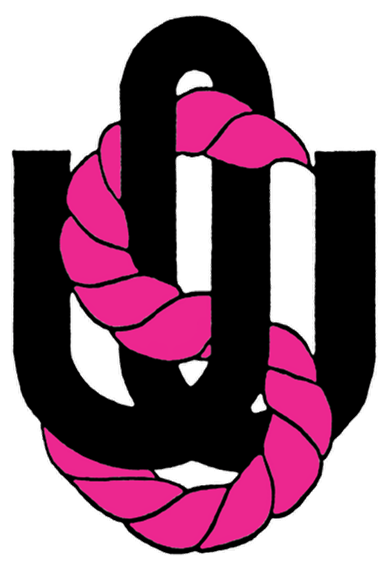Our Instructors
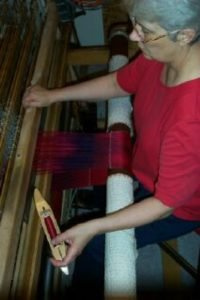
Laura Fry chose weaving as a career in 1975 and took weaving classes at every opportunity, including studying at Banff School of Fine Arts in Alberta and Varpapuu Summer Weaving School in Finland. She started her business in 1977 and since 1980 has worked full-time as a professional handweaver.
Laura’s business focus has evolved with the changing economy and market trends from a concentration on table textiles to weaving yardage on contract for a fashion designer. In addition, Laura teaches throughout Canada and the United States, writes for a variety of textile publications, and wins awards for the beautiful clothing fabrics that have always been her passion.
After years of work and study, Laura earned certification in 1997 as one of Canada’s Master Weavers, the 27th weaver to achieve the honour.
Laura’s meticulous approach to weaving quality fabrics is characterized by her attention to wet finishing, a procedure often neglected and little understood by most handweavers.
In Magic in the Water; Wet Finishing Handwovens, The Intentional Weaver; How to weave better, Laura Fry shares her expertise derived from years of research and experimentation. Her guidelines make professional-quality finishing achievable by every handweaver, hobbyist and professional alike. By examining her actual fabrics, both before and after wet finishing, you will understand why Laura says, “It isn’t finished until it’s wet finished.”
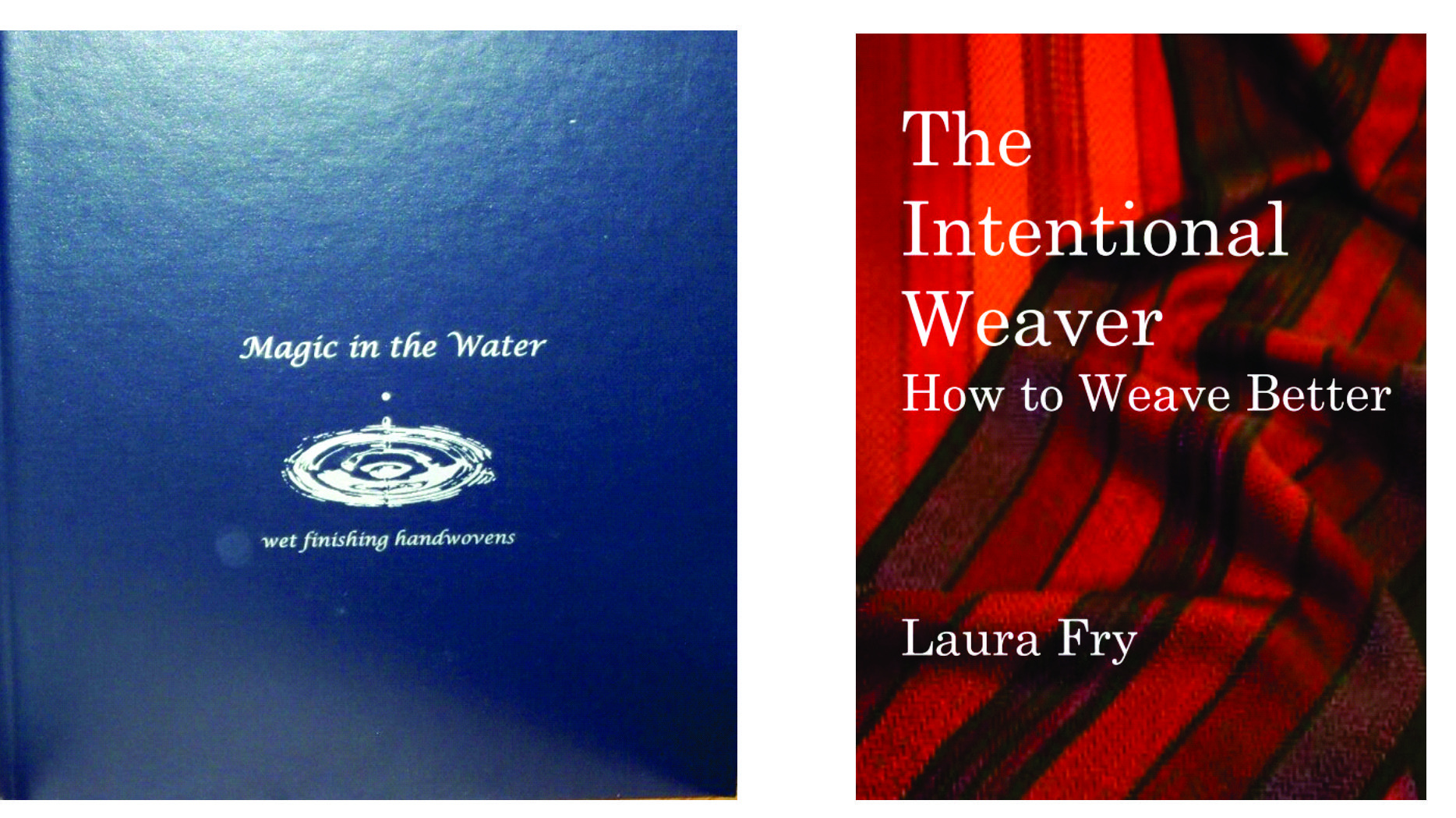

Diana is passionate about fibre, fabric, colour and texture. An experienced teacher with a background in adult education, she has successfully introduced many beginners to the wonders of making yarn and has helped more experienced spinners experiment with technique, colour, and fibre to take their spinning to a new level. Her favourite tools for yarn making are spindles because of their simplicity, beauty and portability. You can see how she combines all her fibre interests and skills by following her pursuits to make yarn from locally sourced wool, llama, alpaca and mohair on her blog  100milewear. You can find Diana’s patterns on
100milewear. You can find Diana’s patterns on  ravelry.
ravelry.

Elizabeth received her BSc and MSc in Geology from the University of Saskatchewan and PhD in Geology through the Memorial University of Newfoundland. While rocks are one of her passions, she learned at a very young age to appreciate fibre arts. Growing up on a farm, Elizabeth helped with all the stages of yarn production from raising sheep to sheering to carding and spinning. Elizabeth learned everything she could about knitting and crochet and absolutely clung to a copy of Elizabeth Zimmerman’s "Knitting Without Tears” which fueled much of her scientific and artistic curiosity. Elizabeth was intrigued by how mathematics and art fused together so perfectly to create beautiful garments.
As a teen, she created custom colour work designs for both knitting and crochet. Inspired by her Scandinavian heritage, Elizabeth began to combine traditional colour work patterns with images of the natural world. She used images of landscapes and wildlife from places she’d visited or lived to make intricately designed stranded colour work toques. Elizabeth also incorporates mosaic knitting and intarsia techniques into her work to produce different effects. She has also been known to incorporate purled stitches for emphasis and occasionally strand her contrasting colour across the front of her work to produce linear design elements that cannot be created with knitted stitches alone. Today, Elizabeth has a hobby of creating custom toques upon order and sells a few of her published patterns on Ravelry  https://www.ravelry.com/designers/twisted-bark-designs.
https://www.ravelry.com/designers/twisted-bark-designs.
Elizabeth has been knitting and crocheting for over 30 years. She began teaching knitting to her fellow university students in 2007 and continued to run free classes and tutorials for students until 2015. She taught beginner and advanced knitting classes at Urban Yarns. Elizabeth also enjoys felting, spinning, sewing, nalbinding, sculpting, drawing, and making Viking knit wire jewelry. Elizabeth, her spouse and young family are now living in Prince George, British Columbia.
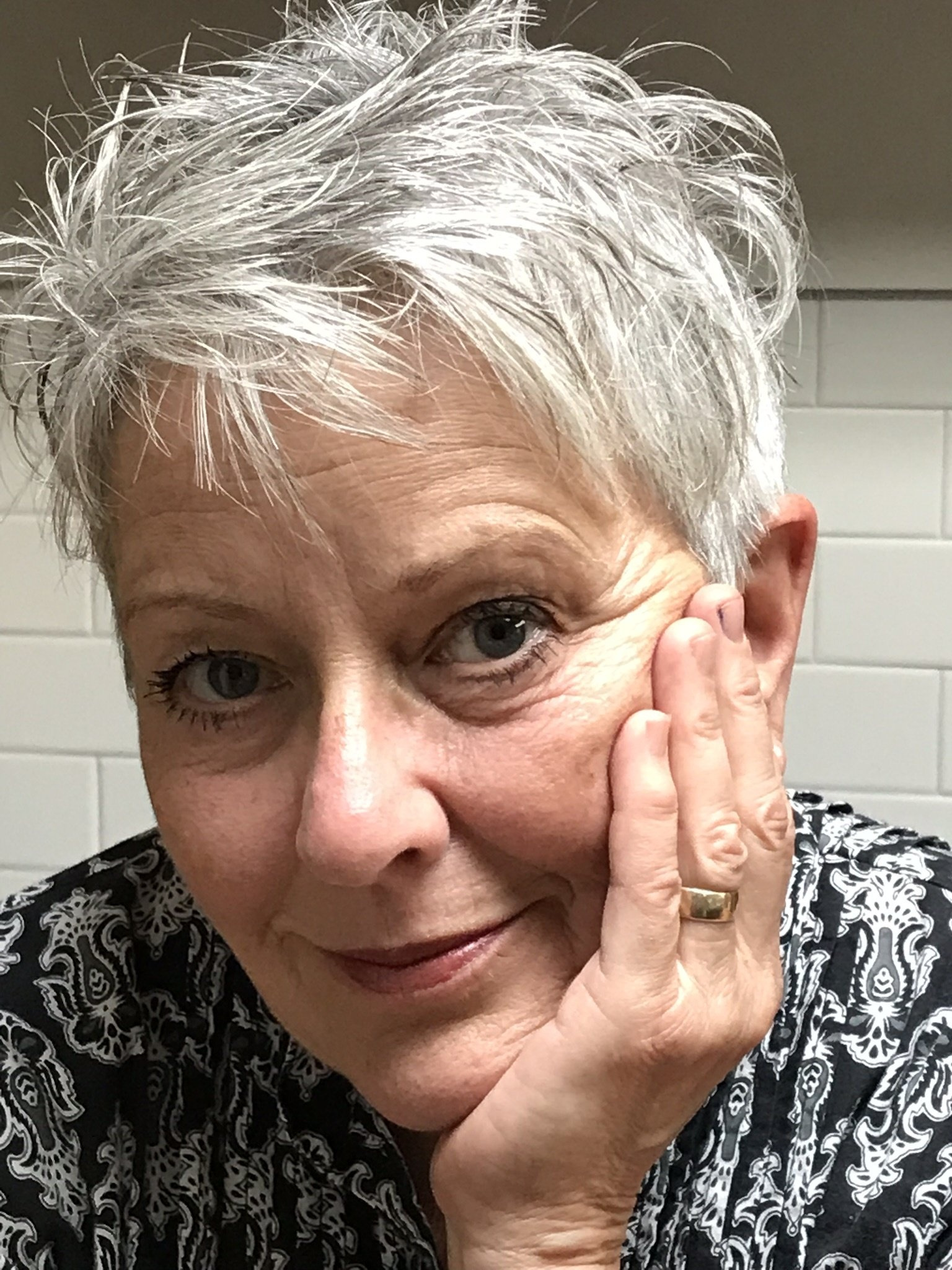 Raised in the forests near Prince George, Maureen has a deep connection with the sense of place and her love of travel has taken to many places. Wandering has given her the opportunity to a variety of cultures and realize that we communicate by our arts, fabrics and need for comfort. She's a painter, drawer, woks with fibres, whatever is needed to make a vision, reality. Her formal career was in education and taught classes in...what else? ART. Her motto is...."art makes a visible difference."
Raised in the forests near Prince George, Maureen has a deep connection with the sense of place and her love of travel has taken to many places. Wandering has given her the opportunity to a variety of cultures and realize that we communicate by our arts, fabrics and need for comfort. She's a painter, drawer, woks with fibres, whatever is needed to make a vision, reality. Her formal career was in education and taught classes in...what else? ART. Her motto is...."art makes a visible difference."
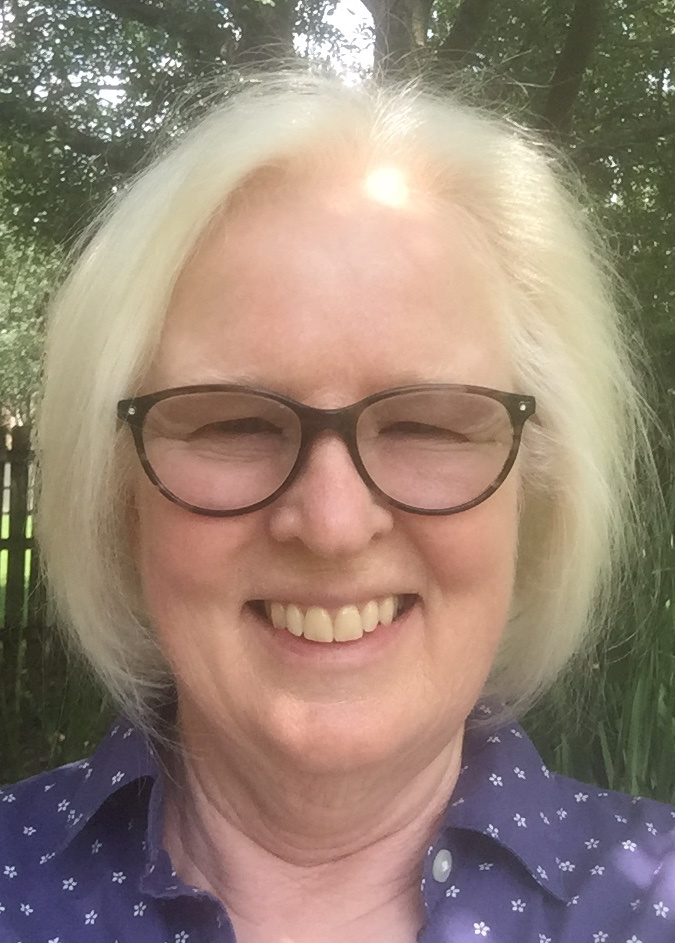
Mary’s love affair with fiber started with knitting needles, a crochet hook and yarn when she was 13. She started spinning and weaving when living in Nova Scotia in the 1980s. Raising angora rabbits led to a desire to spin all the fibers. She founded the spinning guild in Memphis TN in 1997, giving programs about sheep, the spectrum of cellulose and protein fibers, dyes and dyeing and designing yarns. She teaches and demonstrates spinning and natural dyeing in the United States and Canada. She has both levels of the Canadian Wool Judging Certification and earned her Master Spinner Certificate from Olds College, Alberta, Canada. Her monograph is Exploration of Cabled Yarns. She spins and weaves daily and has taken up quilting using handwoven cloth and handspun yarns.
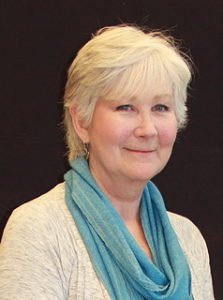
Kim is a dyer first. Whether working with nature dyes or synthetic dyes it is colour that drives her. Her knowledge of fibre as well as her synthetic dyeing experience proves extremely useful in her work with nature dyes. She uses historical and traditional dyestuffs as well as plant materials found a little closer to home.
Kim was published in Spin Off magazine’s 2005 and 2007 issues as well as their ebook edition Spin-Off Presents: All about Silk. She has taught workshops and lectured on the arts of dyeing and spinning for weaving and spinning guilds, museums, Olds College Fibre Week, schools, arts festivals, arts centers, fibre festivals and retreats. In 2013/14 Kim was the faculty member in charge of the Spinning and Dyeing Program at Place des Arts. Kim was instrumental to the development of Treenway’s Salt Spring Island Series, a line of handpainted tussah silk roving.
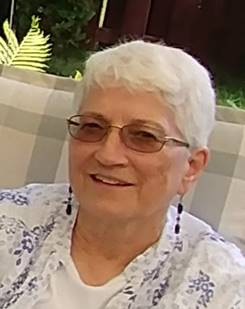
"Sue Perron was born and raised in the Parkland area of Saskatchewan. She moved to Prince George, BC in 2002. She, like her mother, was always interested in plants and their uses, and the respect that is afforded nature when gathering plants for her own use. A science background helped to explain the varieties of plants and their similarities and differences. An association with other Indigenous Elders in the Prince George area expanded these learnings. Sue volunteers with various agencies, often taking students or other interested parties on nature walks in the surrounding area. She collects plants, in season, to use for demonstrations during the year. A curious mind is a great gift."
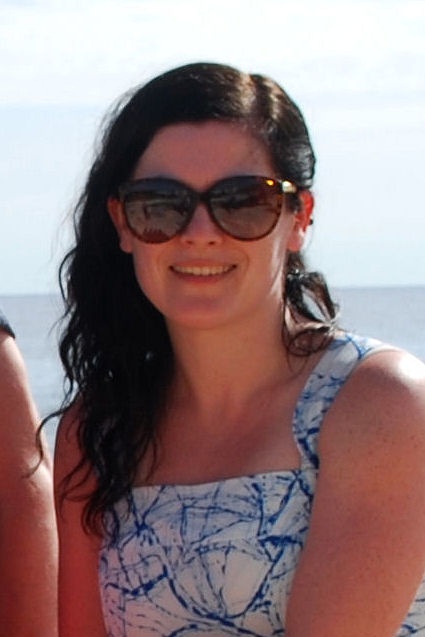
I was surrounded by textiles in my youth. My Grandmother always inspired me with her amazing embroidery and dressmaking skills. My Mother carried on that tradition with her seamstress talent and I wore many a unique outfit in my youth and adolescence. That history and those fond memories inspired me to carry on the mantle and sew clothes for my children. Most recently I learned to make figure skating costumes for my youngest. It also inspired me to achieve my Bachelor of Fine Arts from the Alberta College of Art and Design with a major in Fibre Arts. I am fascinated with the art of everyday life. The art that we live in, wear, touch, feel. The art that is often overlooked. I have been very inspired by a dye technique called Shibori. This technique originating in Japan allows me to take plain fabric and turn it into something unique. I have been privileged to also teach others in my community this dye technique. I find joy in creating for the simple act of creating and think that’s a wonderful thing.

Cat Sivertsen is an exhibiting visual artist, educator and retreat leader. Her current body of work ‘sensibilities of place’ includes natural printmaking processes to connect, and converse, with Mother Nature.
Cat has 3 decades of experience as an artist and arts-based facilitator. She is convinced that inspiring others through teaching is critical to her personal and professional development. As such she has deep respect for creating and holding this sacred space for the tenderness of learning.
Cat’s portfolio is available via her website catsivertsen.ca, Instagram & YouTube where you can watch an overview of Cat’s ‘eco-printing workshop’.
catsivertsen.ca
@catsivertsen (FB & Insta)
